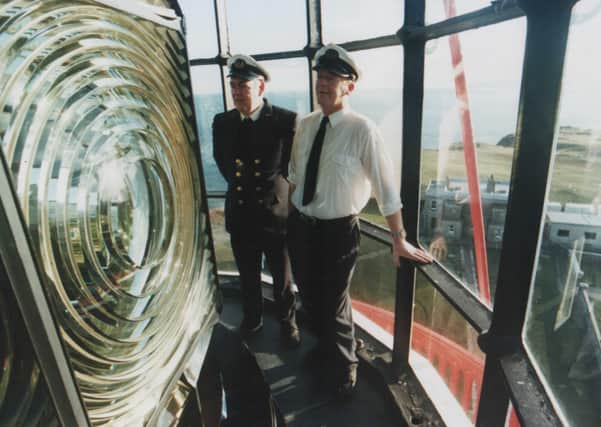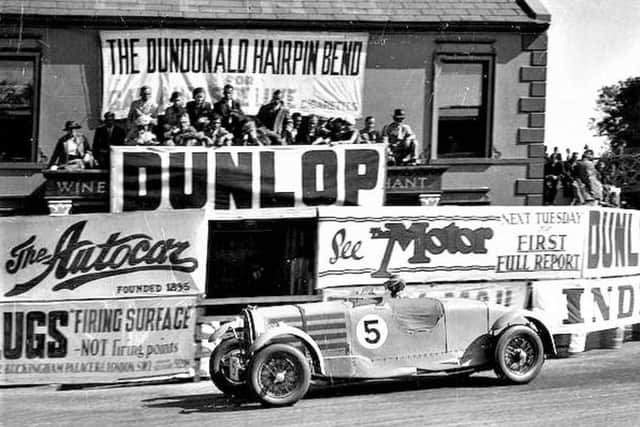THROUGH THE ARCHIVES: From the News Letter of October 1950


Mr Conolly Gage, MP for South Belfast, commented at Wroughton, Wiltshire, this week in 1950, that the Labour Party drew its greatest support from industrial areas, while the Conserative voters were concentrated in the surburban and rural areas.
He said: “This is obviously unfortunate, and even evil, largely caused by socialist policy of preaching class hatred.
Advertisement
Hide AdAdvertisement
Hide Ad“Throughout the last five years we have become accustomed to government speakers speaking of manual workers as if they were the only people who worked at all, and of all the rest of the country as drones living on their efforts.


“It would be a tragedy for the Conserative Party if it ever came to be regarded as the party that represented only the interests of farmers and the big business man.
“I do not believe that this has ever been the case in the history of our party, but it is essential if we are to win the next election, and draw support from all classes, that we should finally kill this very successful piece of propaganda by the socialists.”
Streets in Newcastle, Co Down, to be renamed
Representatives of Newcastle (Co Down) Urban Council, the valuation office and postal authorities had decided to rename sections of Newcastle streets.
Advertisement
Hide AdAdvertisement
Hide AdThe original Main Street, which extended for almost a mile and a half along the seafront, was to be renamed in sections - Main Street, Central Promenade, South Promenade and Kilkeel Road. Other highways had been named or renamed to cause less confusion to visitors.
It was hoped, when development plans reached maturity, to name a street in memory of Percy French, who “by word and verse publicised the town in many countries”.
Lord Ismay to visit province
Lord Ismay, chairman of the Council of the Festival of Britain, 1951, was to travel to Northern Ireland.
He was to visit a factory site in Castlereagh, Belfast, where an ‘Ulster Farm and Factory’ exhibition, depicting the development of agriculture and industry, was to be held in June, July and August of 1951 as one of the chief festival events in Northern Ireland.
Comment Guidelines
National World encourages reader discussion on our stories. User feedback, insights and back-and-forth exchanges add a rich layer of context to reporting. Please review our Community Guidelines before commenting.